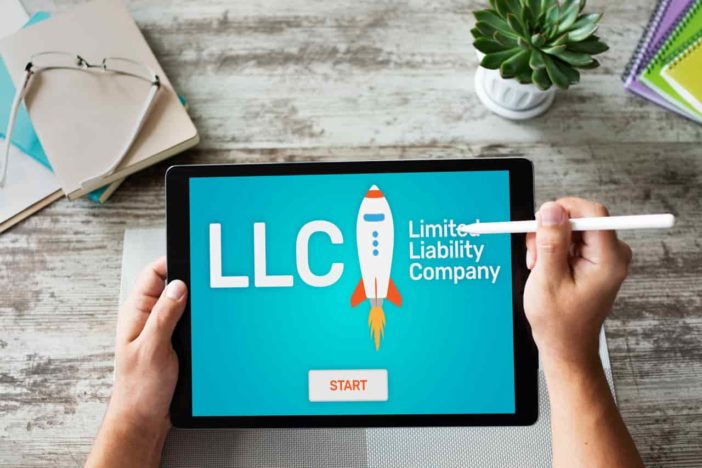There are many benefits of starting a business. First, it’s the easiest way of earning a living. Second, it allows an individual to have the opportunity to control their destiny by building equity, which they can pass on to their heirs. Third, it enables entrepreneurs to gain freedom, personal satisfaction, and growth. The list of the benefits of starting a business is endless. However, before starting your business, you may want to decide which form of business structure best suits you.
This guide has all you need to know about business structures. You’re going to learn what a business structure is and the major forms of business structures. Read on to get enlightened.
What Is A Business Structure?
A business structure is a form or category of an organization legally recognized within a given jurisdiction. The business structure you choose can determine your responsibilities as a business owner, your tax liabilities, potential personal liability, and asset protection. Though you can start any form of business, you can change the structure in the future if you wish to.
What Are The Major Business Structures?
There are four major forms of business structures. These include.
Sole Proprietorship
A sole proprietorship is also known as a sole trader business. As the name suggests, a sole proprietorship is a business owned, managed, and controlled by an individual. It’s one of the simplest forms of business to open because it requires fewer formalities.
In most cases, sole trader businesses are registered with their owner’s names. For that reason, a sole trader business doesn’t produce separate records. This means that you can’t separate a sole trader business from its owners. For instance, you can’t separate business assets and liabilities from your personal assets and liabilities. So, it doesn’t offer protection to the owner’s private assets. A sole trader business can be the best choice for anyone with little capital or individuals who don’t want to risk much of their funds.

Limited Liability Company
A limited liability company (LLC) is a business structure that assumes the characteristics of both the partnerships and corporations. Owners of LLC are referred to as members, and there are no restrictions on the number of members. This means that a limited liability company can have any number of members.
Members of an LLC may include individuals or corporations. However, various states may have different regulations on limited liability company membership. That’s why you need to check with your state authorities about all the regulations governing businesses before you can start an LLC.
Partnerships
A partnership is another common business structure you could consider. It involves two or more people coming together, starts and runs a business with the aim of making and sharing profits. So, all parties in a partnership are directly or indirectly involved in the management of their business.
There are two common types of partnerships. That’s limited partnerships and limited liability or general partnerships. In a limited partnership business, one general partner bears unlimited liability while all other partners tend to have limited liability. In addition, the partner with unlimited liability is the most active member and tends to control most of the business affairs.
On the other hand, a limited liability partnership business has both general and limited partners. The general partners control the business, while the limited partners serve as investors and aren’t subject to any business liabilities.
Corporations
A corporation, also known as C-corp, is another common type of business structure you can consider when starting your business. A corporation is a legal entity that’s separate from its owners. This means that a corporation has a legal personality. In other words, a corporation can enter into contracts, pay taxes, and be liable for its debts and other liabilities.
Unlike other business structures, a corporation business involves a lot of legal formalities. In addition, it requires a higher capital to start but provides much protection to personal assets.
Takeaway
Starting your business is the best idea for anyone looking to control their densities. It involves coming up with a business idea, then contextualizing it into something tangible. However, before you start your business, you first need to register it. Business registration begins by searching for a business name, following the legal process, then incorporate it.
With that said, you can register your business as either a sole trader, partnership, limited liability company, or corporation. Each of these business structures has its pros and cons in terms of personal liabilities and taxes. So, it’d be a good idea to research and find a business structure that best suits you.





